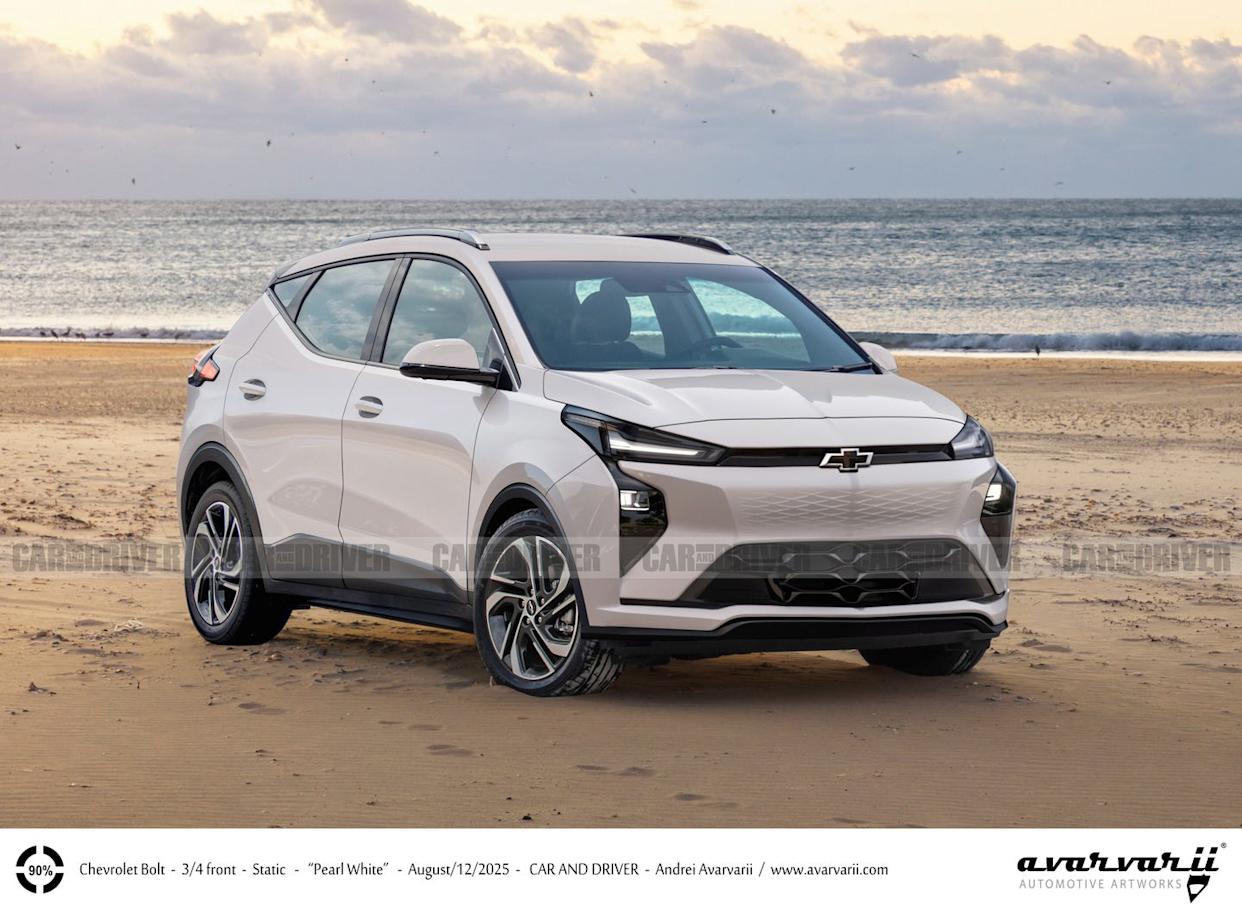
What It Is

After a three-year hiatus, the Chevrolet Bolt returns for 2027. While this second-generation model appears to share its bones with the first iteration—originally introduced in 2017—a thoroughly revised powertrain is expected to bring big improvements in range and charging. But don't worry, those technological advancements shouldn't raise the price much. The Bolt will slot in below the Equinox EV, which starts in the mid-$30,000s, in Chevy's lineup.
Why It Matters
Despite a controversial recall for fires caused by defective batteries, the Bolt actually saw a huge surge in sales in its final couple of years. The Bolt (including both the EV and EUV, a variant with more SUV-like bodywork) posted its best-ever yearly result in 2022 with 38,120 deliveries, before handily beating that figure in 2023, moving 62,045 units as the bestselling non-Tesla EV. Clearly, there's an appetite for a low-price EV with adequate range and a spacious cabin, and since the Bolt's departure, no one has filled that niche quite as affordably.
Platform
The Bolt is expected to use a heavily revised version of the BEV2 platform that underpinned the previous model, instead of the newer BEV3 architecture that supports all of GM's larger EVs. Spy photos show a body with the same general shape as the outgoing Bolt EUV, giving it a slightly taller and chunkier look than the original Bolt hatchback.
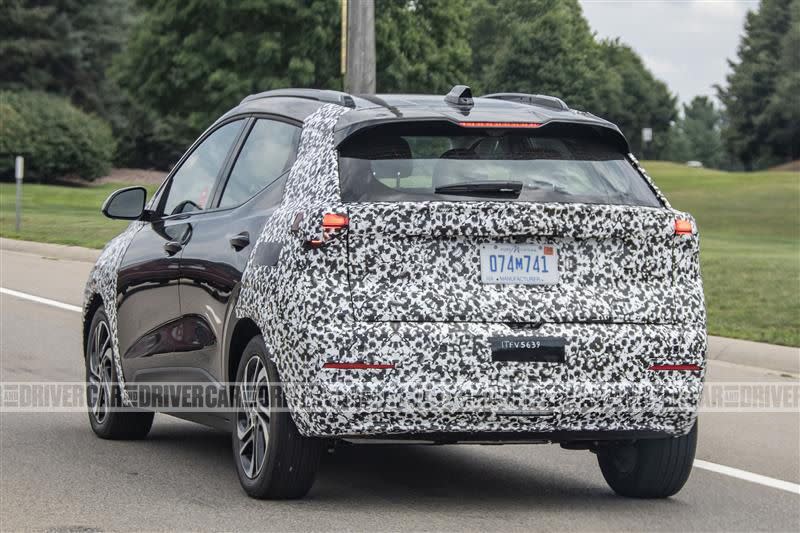
Powertrain
The Bolt will receive new batteries and motors that promise increased range and more rapid charging. The battery will use a lithium-iron-phosphate chemistry to keep costs low, and while LFP batteries generally don't provide as much range as nickel-manganese-cobalt batteries, we still expect the Bolt to achieve at least 300 miles of range. That would be a substantial improvement over the 247-mile rating of the previous Bolt EUV.
The previous Bolt was also held back by a peak DC fast-charge rate of 55 kW, which is expected to rise significantly for the new model. Chevrolet has confirmed that the Bolt will come standard with a NACS-style charging port, opening it up to use Tesla's Supercharger network.
In terms of power, we don't expect much more than the 200 horsepower and 266 pound-feet found in the outgoing model, and the Bolt should keep the single-motor, front-wheel-drive setup. Chevy could increase output slightly, but those figures were plenty adequate in the previous Bolt EUV, which we tested at 6.8 seconds to 60 mph.
Competition
Right now, the sub-$35,000 EV space is nearly empty in the United States, solely occupied by the soon-to-be-replaced Nissan Leaf and the tiny Fiat 500e. Several new EVs are set to arrive over the next year with starting prices in the mid-$30K range, so the segment will be getting crowded when the Bolt shows up. The 2026 Nissan Leaf hits dealerships this fall and will soon be joined by the Kia EV3 in 2026. Toyota will also launch the C-HR early next year, accompanied by a Subaru counterpart called the Uncharted.
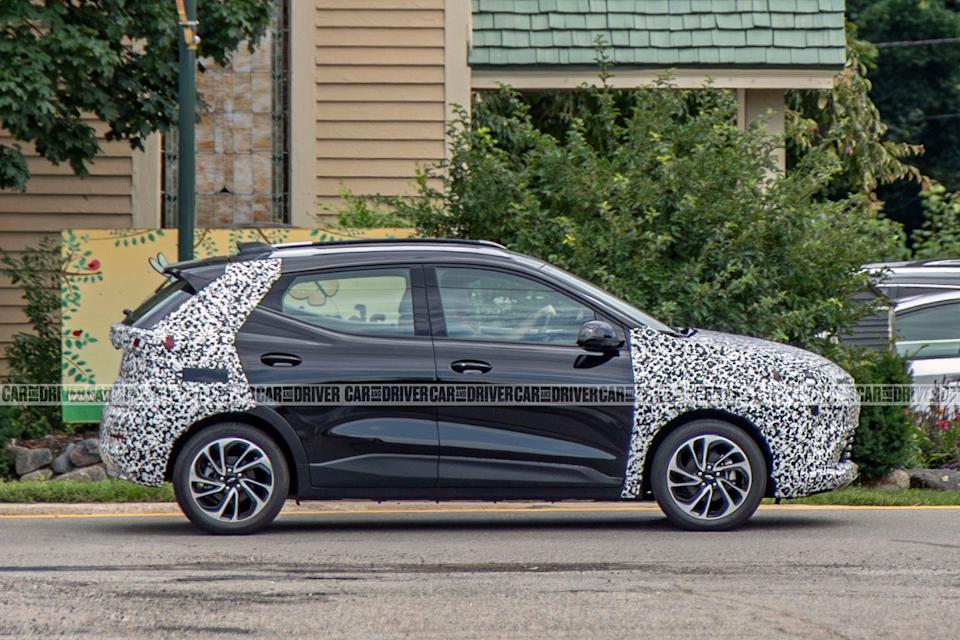
What Might Go Wrong
Price is the key factor here, and while Chevrolet was able to sell the Bolt at less than $30,000 near the end of its first run, it could be hard to get the price that low again. The fact that GM decided to retain the basic architecture and body shape of the outgoing Bolt, which helps lower costs, could end up dampening consumer interest if the specs aren't up to par.
Estimated Arrival and Price
Production is due to start before the end of this year, General Motors has confirmed. GM does, however, refer to the new Bolt as a 2027 model, so sales will likely start closer to the halfway point of 2026. The Bolt will be assembled at the Fairfax Assembly plant in Kansas City, Kansas, helping it avoid some of the recently imposed tariffs on imported vehicles.
See all of the cars worth waiting for
You Might Also Like
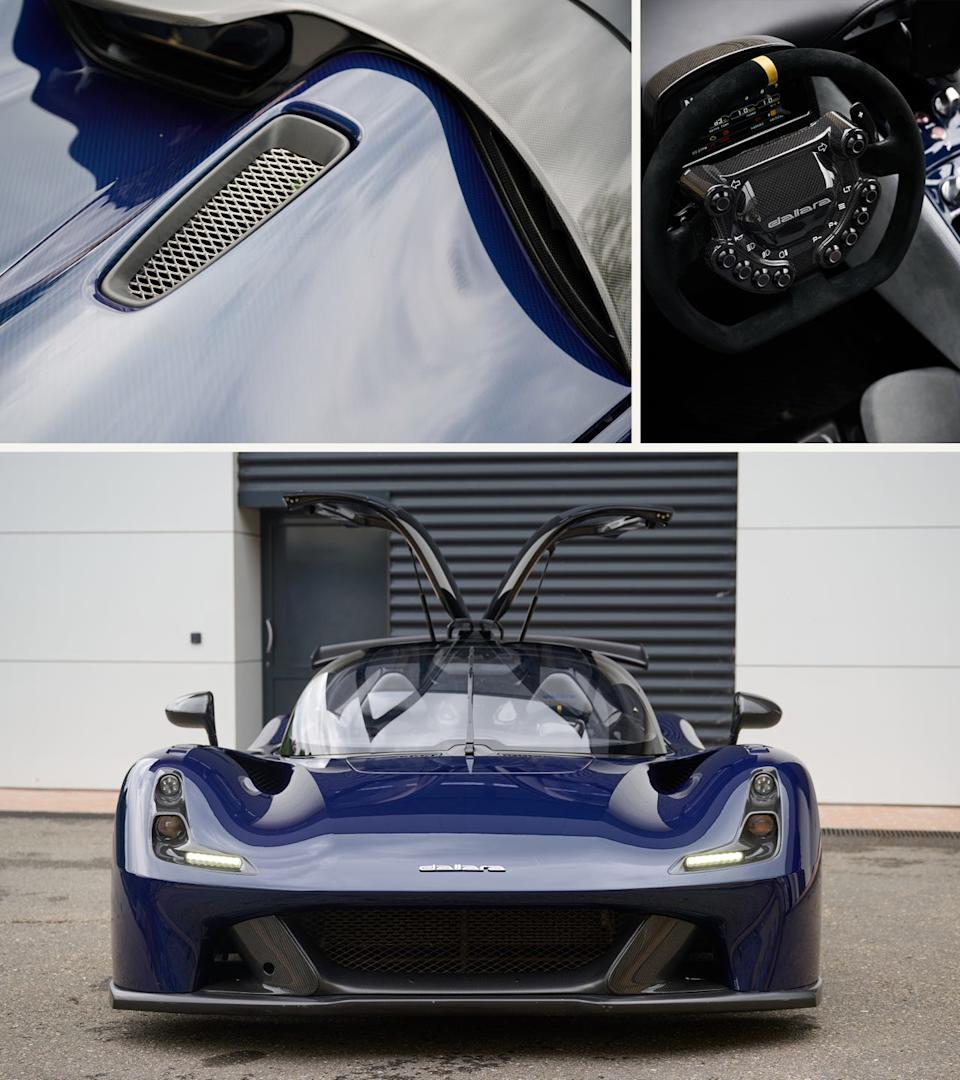
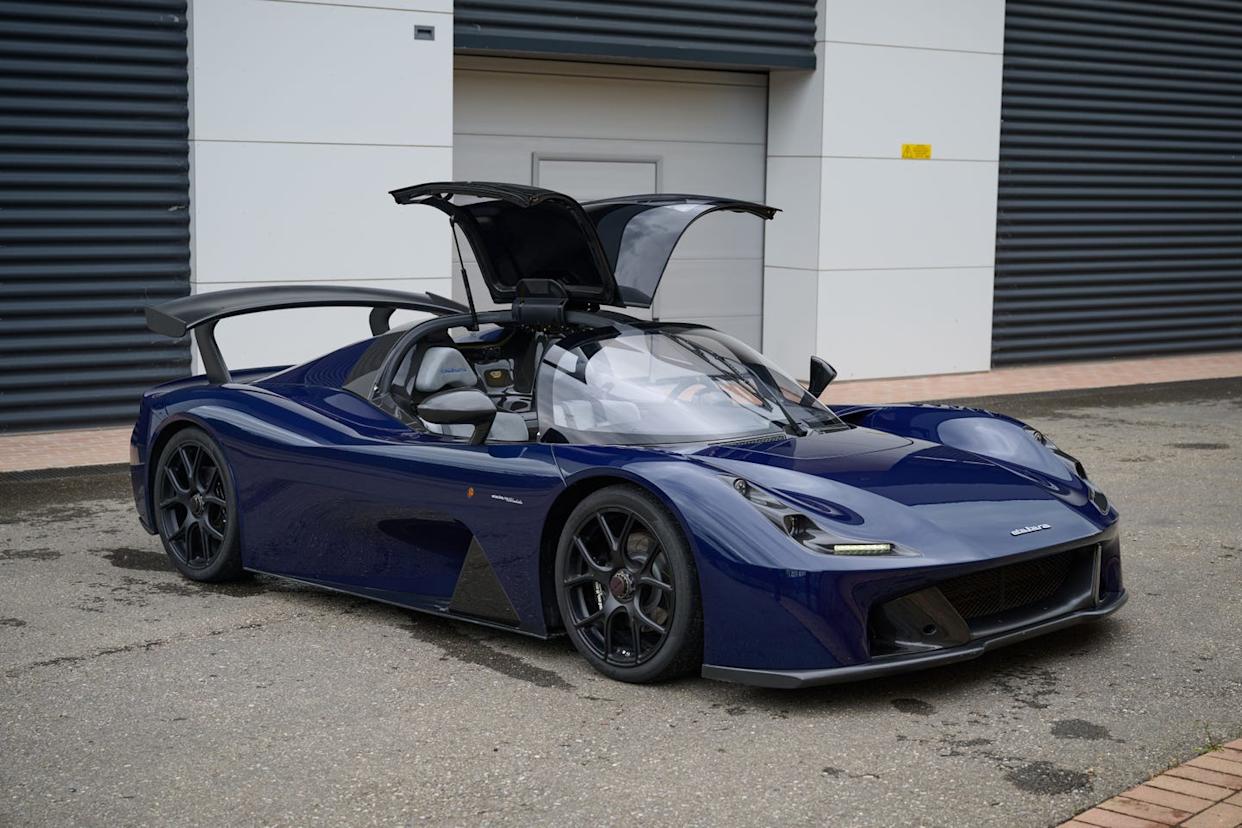

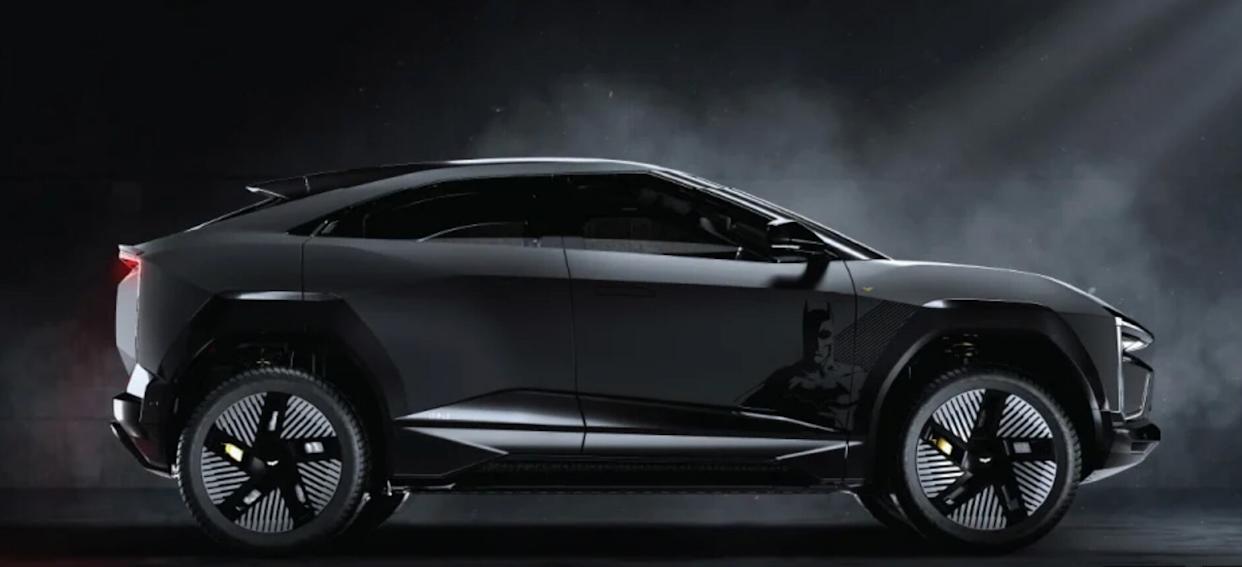
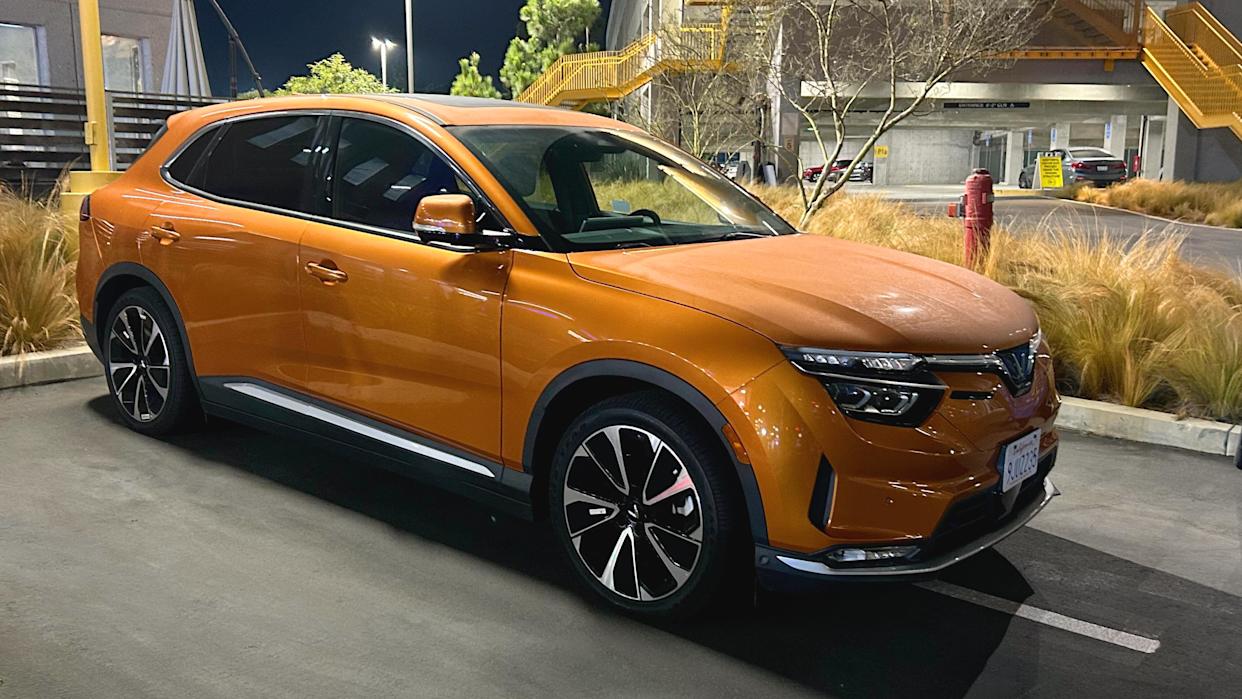

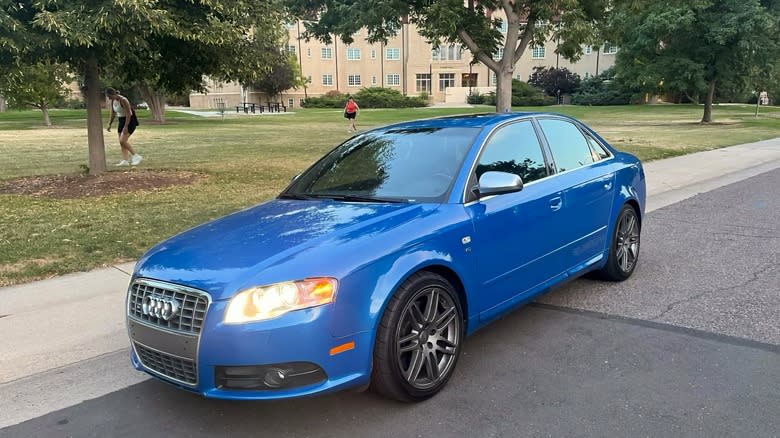
Comments